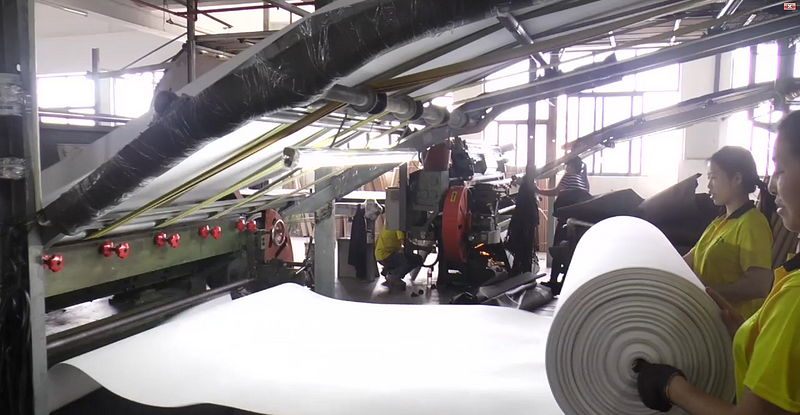
Heat Application
Heat plays a critical role in EVA sheet production lines by softening and melting the raw EVA material. The process typically involves heating the EVA pellets to a precise temperature within the extruder. This temperature control is crucial as it determines the viscosity and flow of the molten EVA, ensuring uniformity and consistency in the final product.
Pressure Effects
Pressure is applied during the extrusion and calendering stages of EVA sheet production lines. Extruders force the molten EVA material through a die or nozzle under controlled pressure to shape it into a continuous sheet. Calendering processes further compress and refine the sheet’s thickness and surface texture using rollers that apply varying levels of pressure.

Material Transformation
The combined effect of heat and pressure transforms the raw EVA material into a finished sheet with desired properties such as thickness, density, and surface characteristics. This transformation process not only determines the physical attributes of the EVA sheet but also enhances its durability, flexibility, and resistance to environmental factors.
Conclusion
In conclusion, the controlled application of heat and pressure in EVA sheet production lines is essential for achieving consistent quality and performance characteristics in the final product. Manufacturers rely on precise temperature and pressure settings to optimize material transformation and ensure that EVA sheets meet stringent industry standards and customer requirements.
